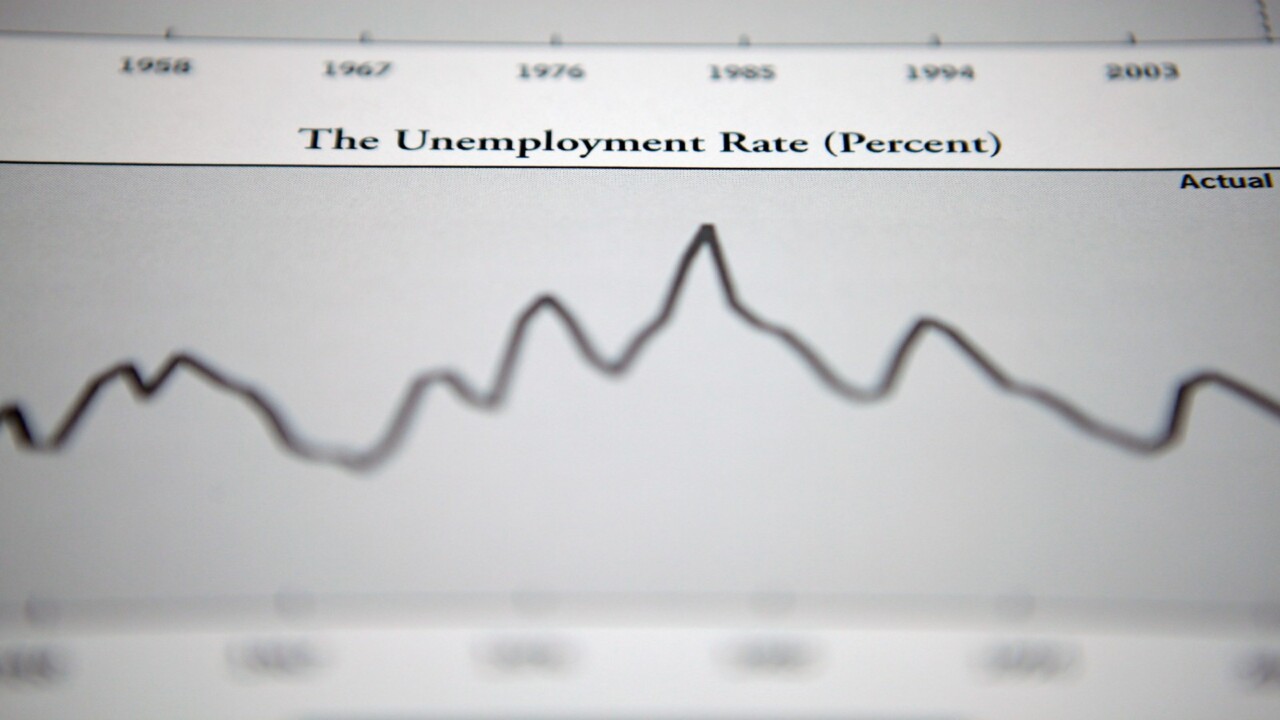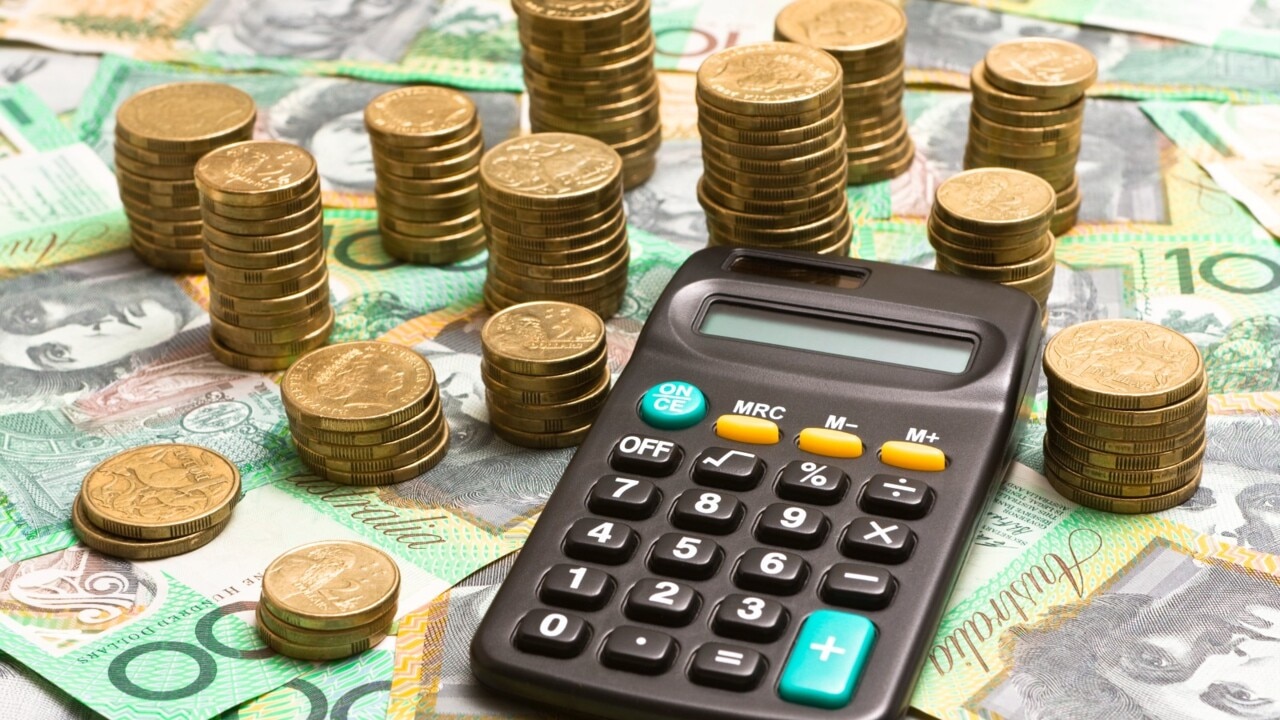‘Turning point’ for jobs market as unemployment climbs to 3.7pc
The long awaited cooling of the red-hot labour market may finally be at hand, after unemployment rose to 3.7 per cent in July as the economy shed 15,000 jobs in the month.

The long awaited cooling of the red-hot labour market may finally be at hand, after disappointing jobs figures showed unemployment lifted to 3.7 per cent in July after the economy shed 15,000 jobs in the month.
The softer than anticipated jobs numbers follow a surprise deceleration in wages growth earlier this week, cementing the view among several economists that the Reserve Bank will hold its cash rate steady for the foreseeable future.
The fall in the number of employed in July was wholly due to a 24,200 drop in full-time jobs, offset by a 9600 increase in part-time workers, according to seasonally adjusted figures from the Australian Bureau of Statistics data.
The consensus among analysts had been for the key jobless measure to tick up to 3.6 per cent and for employment to increase by 15,000.
Following the release of the latest figures, KPMG chief economist Brendan Rynne said the labour market “may finally be approaching a turning point”.
“The slowing economy, mortgage stress and the contractionary effects of monetary policy had been expected to cause a slowdown in the jobs market, which until now had not been seen,” Dr Rynne said. “Given today’s unemployment data, it suggests that the RBA is more likely to pause in the upcoming meeting.”
At the state and territory level – which tend to record more volatile movements – the largest rise in unemployment was a 0.8 percentage point increase in Queensland to 4.5 per cent, and a 1.2 percentage point jump in Tasmania to 4.7 per cent.
NSW’s jobless rate lifted from an all-time low of 2.9 per cent in June to 3.3 per cent in July while Victorian unemployment inched lower to 3.6 per cent.

Jim Chalmers said it was “still a pretty remarkable position that we’re in”.
“You never like to see the unemployment rate go up but I think it’s something people have been expecting for some time,” the Treasurer said.
ABS head of labour statistics Bjorn Jarvis said the winter school holidays may have had an outsized impact on the labour force figures, and the decline in employment came after monthly jobs growth averaged 42,000 through the first half of 2023.
“July includes the school holidays, and we continue to see some changes around when people take leave and start or leave a job,” Mr Jarvis said. “It’s important to consider this when looking at month-to-month changes, compared with usual seasonal pattern. The only other fall in employment in 2023 was in April, which also included school holidays.”
The underemployment rate – which measures the share of people with jobs but who are looking for more hours – was steady at 6.4 per cent.
The workforce participation rate ticked lower to 66.7 per cent, after reaching a record high of 66.9 per cent in May.
The RBA board at its recent meeting held the cash rate at 4.1 per cent for a second month, citing the fact that “inflation was heading in the right direction” and there were “early signs that the labour market might be at a turning point, as the number of job advertisements trends lower”.
The jobless rate has bounced around between 3.4 per cent and 3.7 per cent since June 2022, and ANZ head of Australian economics Adam Boyton said it was too early to definitively conclude whether this turning point was under way.

Mr Boyton nonetheless said the breakneck pace of employment growth “should cool materially over coming months”.
“The unemployment rate is likely to have seen its low for the year, although increases from here should be modest,” he said.
RBA economists forecast that unemployment would climb to 3.9 per cent by December, before lifting to 4.4 per cent by the end of 2024.
Despite the tightest jobs market in nearly five decades, wages growth remains relatively contained at 3.6 per cent in the year to June, and well below the 6 per cent rate of inflation.
CBA senior economist Belinda Allen said that the rapid growth in the labour force – underpinned by a jump in migration numbers – meant that about 33,000 jobs needed to be added each month to hold the unemployment rate steady.
“We expect this to become harder each month with a slowing in economic activity already in train and will contribute to the rise in the unemployment rate from here,” Ms Allen said.






To join the conversation, please log in. Don't have an account? Register
Join the conversation, you are commenting as Logout